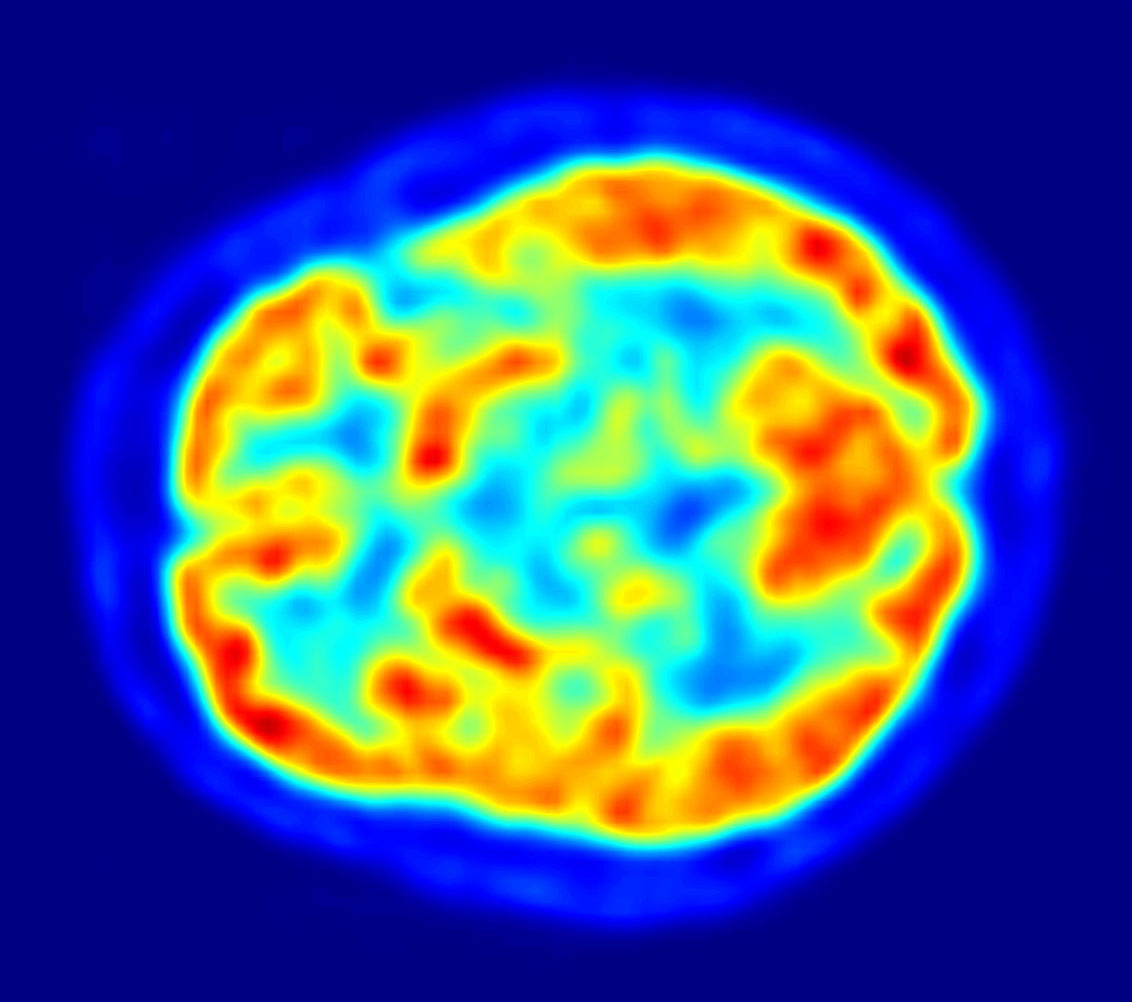
Severe migraine episodes are recognized by the World Health Organization as one of the most disabling illnesses, similar to the hindering effects of dementia, quadriplegia and active psychosis. With no known cause, chronic migraine patients often try a number of treatments before finding one or a combination of several that positively influences their migraine pain and frequency.
In December of 2013, the FDA approved a new form of treatment called Transcranial Magnetic Stimulation, which battles migraine pain using an innovative device to sends magnetic impulses to the brain. Since the release of this new treatment, the migraine community has been buzzing with studies and opinions regarding its effectiveness. Here’s what you should know about transcranial magnetic stimulation and migraine treatment:
How does Transcranial Magnetic Stimulation Work?
Transcranial magnetic stimulation is a non-invasive treatment that is most effective in patients who experience visual disturbances called auras prior to the onset of a migraine attack. The procedure utilizes a device that is placed on a patients scalp to deliver single or repetitive magnetic pulses to the pre-frontal cortex to interrupt the aura phase of a migraine attack and deter the attack from proceeding. The pre-frontal cortex is the area of our brain that harbors pain memory and controls the attention we give to pain.
Pulse frequency, intensity, duration and intervals are adjustable according to the patient’s unique condition. The device is also capable of auto-recording treatments to compile a headache diary for use in identifying migraine patters and triggers. Patients are not to utilize magnetic treatment more than once in a 24-hour period.
Statistics
In the FDA reviewed clinical trial, 201 patients with moderate to severe migraine episodes were tested. Each patient reported that at least 30% of their migraine episodes were preceded by auras.
- 38% were pain free within 2 hours of treatment.
- 113 patients were able to successfully treat their pain at least once.
- After 24 hours, nearly 34% of patients were pain free.
In another trial, which was examined by the UK’s Medical News Today, 164 migraine sufferers were treated using transcranial magnetic stimulation for at least one migraine attack with aura.
- 39% of patients were pain free after 2 hours.
- 29% of patients were pain free after 24 hours.
- 27% of patients were pain free after 48 hours.
Medical News Today also reviewed a study wherein 75% of test subjects described a reduction in migraine frequency.
Am I a Candidate for Transcranial Magnetic Stimulation?
Transcranial magnetic stimulation is specifically tested and approved for individuals with aura-accompanied migraines. To qualify for treatment, individuals must also meet the following age and medical history criteria:
- Must be 18 years of age or older.
- No personal or family history of seizures or epilepsy.
- No metallic implants above the waist, or facial tattoos with metallic or magnetic-sensitive ink.
- No other types of medically implanted devices (i.e. pacemaker, neurostimulator, etc.).
What are the benefits and drawbacks?
Transcranial magnetic stimulation isn’t for everyone. Before making any concrete decisions, consider the most noteworthy pros and cons.
Pros
- Transcranial magnetic stimulation is a non-invasive procedure.
- No recovery time is required.
- It does not necessitate the use of medication.
- It has proven ability to prevent the onset of a migraine attack.
- Patients experience limited side effects.
- Transcranial magnetic stimulation does not influence sensitivity to light and sound or nausea.
- Single reports of more sever side effects include: sinusitis, seizure, aphasia & vertigo.
- Other reported side effects include: minor cognitive changes, dizziness, discomfort or pain of the scalp and associated nerves or muscles.
- Repetitive transcranial magnetic stimulation can emit a loud noise that requires patients to wear earplugs and may cause hearing irritation immediately following treatment. No long-term hearing problems have been reported.
Cons
Because transcranial magnetic stimulation is a relatively new form of treatment, long-term side effects are unknown and unforeseeable risks may exist. More testing is required before scientists can say with certainty that this is a 100% harm-free migraine treatment, but current test results and patient reviews imply that its effects are promising.
Speak to your doctor or a migraine specialist about transcranial magnetic stimulation to find out if you qualify. A thorough review of your medical history is essential to determining if this treatment could be helpful to you.

